MPF Solutions
-
-
Increase managerial impact
-
Interact together in groups and teams
-
Reduce risks through employee engagement
-
Sustainably mobilize energies
-
Attract young talents
-
Optimize the match between people and missions
-
Identify the nature of mental ill-being risks
-
Increase your QIC to better leverage your IQ
-
Identify and assess soft skills
-
① - Identify the most significant risks and their intensity
Feeling like
there is no way out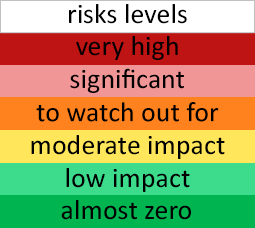
-
② - Recommend appropriate behavior for the employee to address this risk
Take a step back and focus on top priorities.
-
③ - Recommend appropriate behavior for the manager to assist the employee in facing this risk
Ensure the team is organized rationally and capable of handling priorities.
-
① - Current impact of the manager's behavioral strengths

-
② - Team dynamics

-
③ - Team involvement
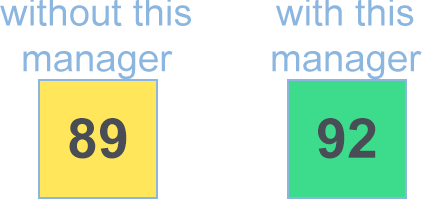
-
① - Identifying the employee's relationship with others, their emotional balance, their consideration of others and their work rigor
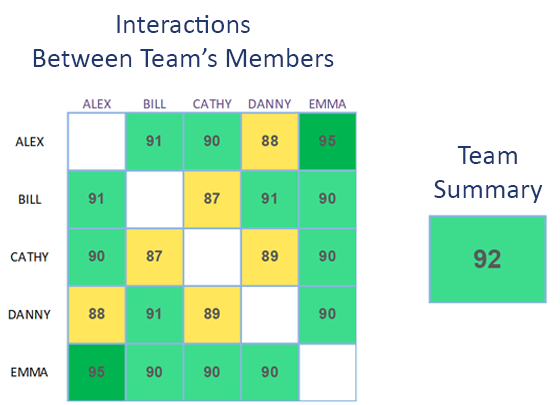
-
② - Measuring one's ability to contribute to others through adaptability, breadth of view, communication, creativity, self-control, and resilience
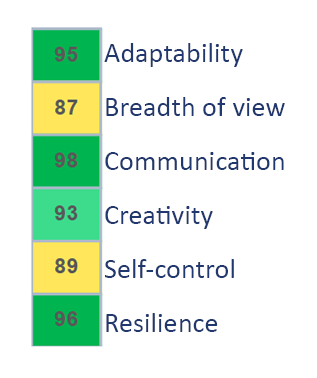
-
③ - Detect potential risks of friction that would impede the achievement of objectives or the meeting of deadlines of the group or team
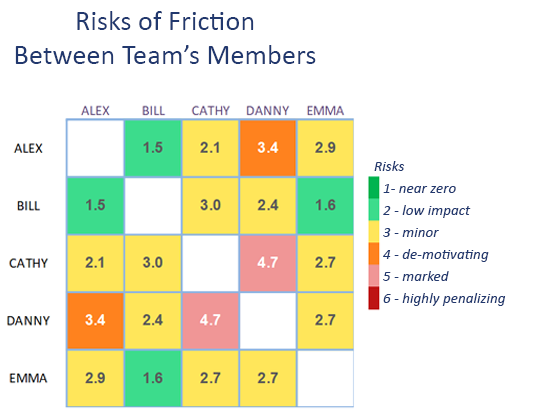
-
① - Identify the management style suited to the employee to ensure they feel supported and valued
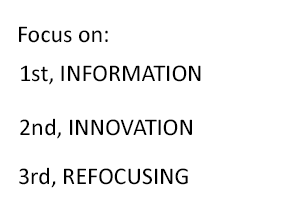
-
② - Measure the employee's alignment with the company's purpose to engage them in the short and medium term
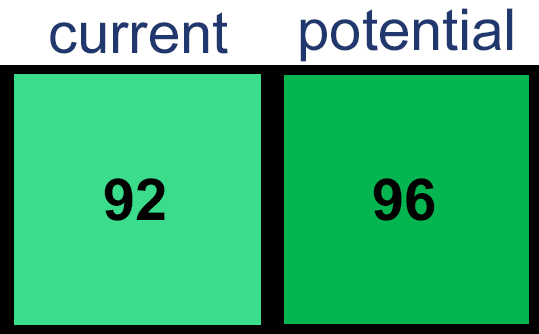
-
③ - Respect the employee's specific contributions in team formation to facilitate immediate integration
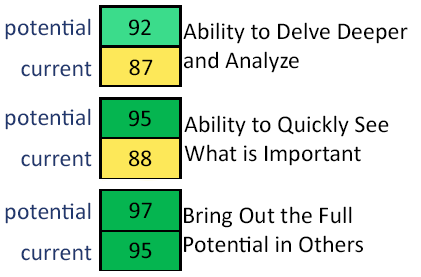
-
The indicator that characterizes the
« performance » of a mapping is called : efficiency.
The higher its value, the quicker the results will be profitable, easily achievable, or sustainable.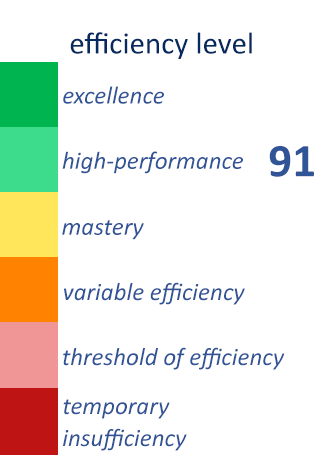
-
① - Identifying the Behavioral Intelligence of a young talent through its softskills

-
② - Measuring those that can be immediately mobilized to enhance their value

-
③ - Identifying those who will not be able to be in the short term but rather in the medium term

-
① - Identify potentials suiting the awaiting missions

-
② - Measure the gap between the currently mobilisable and the potential one. This is the predictive behavior.
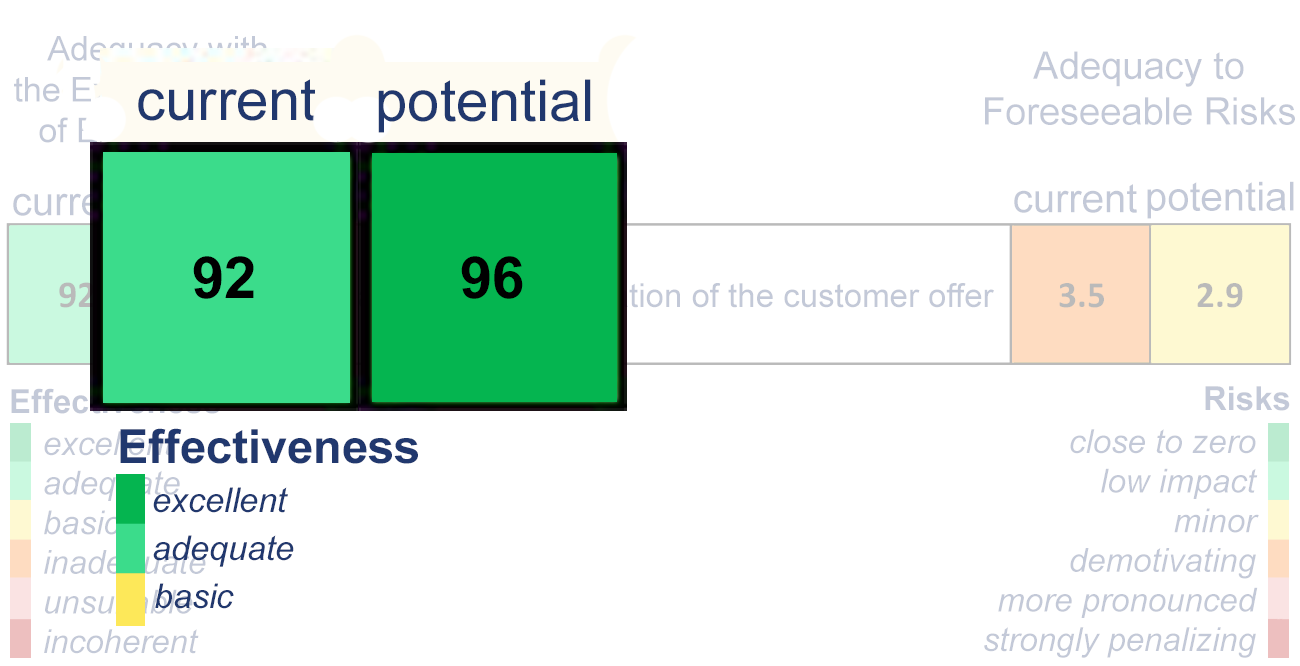
-
③ - Identify weak signals or potential risks that could hinder the mission or integration into the department.


-
① - Identify the employee's work rhythms between in-person and telework to balance professional and personal life

-
② - Identify risks due to frequently exceed the recommended telework duration.

-
③ - Evaluate mental well-being fluctuation depending on telework duration
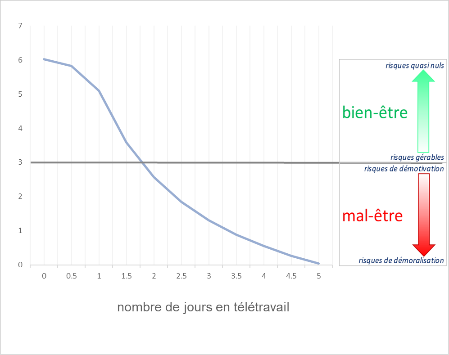
-
Operationally, the QIC indicates the current level of use of one's professional abilities.
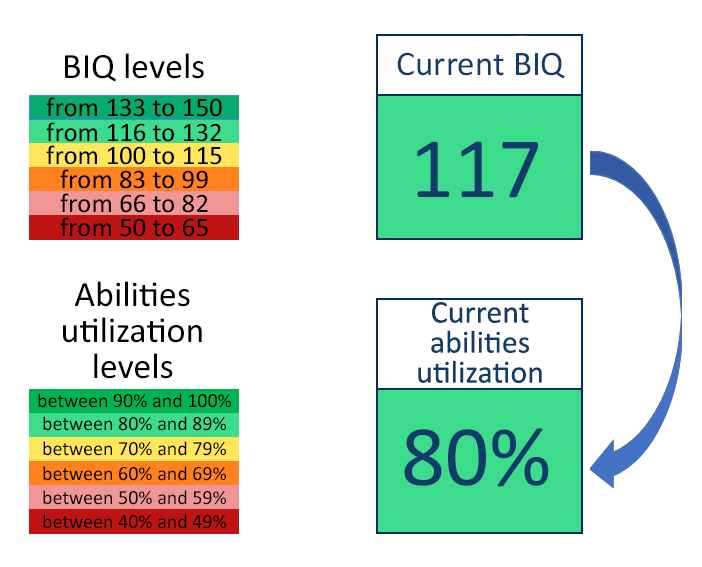
-
① - The 28 selected soft skills are directly linked to the mapping derived from behavioral intelligence to mobilize one's energies.
They are ranked (ordinal and metric ranking) based on the intensity of their influence on the person's environment.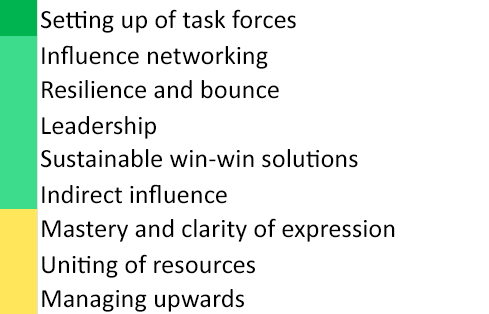
-
② - The more a person's energies are mobilized, the more favorable their influence on their environment.
If this mobilization is insufficient, the ordinal ranking of their softskills remains roughly the same, but their influence is then not significant.


